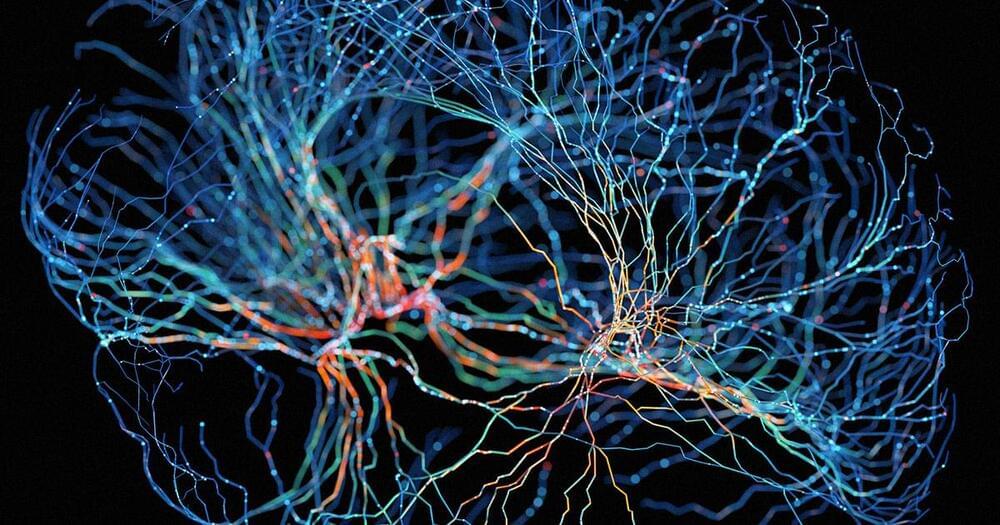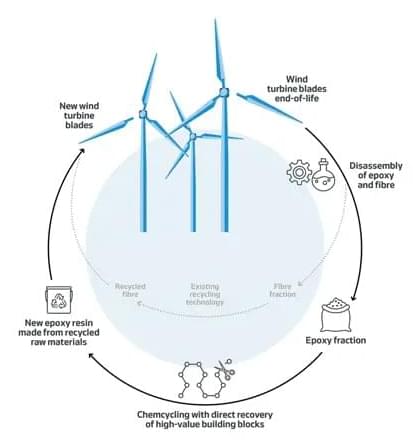Scientists from the Tsukuba Research Center for Energy Materials Science at the University of Tsukuba demonstrated a simple method to produce ionic liquid microdroplets that work as flexible, long-lasting, and pneumatically tunable lasers. Unlike existing “droplet lasers” that cannot operate under atmosphere, this new development may enable lasers that can be used in everyday settings.
Lotus plants are prized for their beauty, and have a remarkable self-cleaning property. Instead of flattening on the surface of a lotus leaf, water droplets will form near-perfect spheres and roll off, taking dust with them. This “lotus effect” is caused by microscopic bumps in the leaf. Now, a team of researchers at the University of Tsukuba have taken advantage of an artificial lotus effect to create liquid droplets that can act like lasers, while remaining stable for up to a month. Currently available “droplet lasers” cannot be used under ambient conditions, since they will simply evaporate unless enclosed inside a container.
In this new research, an ionic liquid called 1-ethyl-3-methylimidazolium tetrafluoroborate (EMIBF4) was mixed with a dye that allows it to become a laser. This liquid was chosen because it evaporates very slowly and has a relatively large surface tension. Then, a quartz substrate is coated with tiny fluorinated silica nanoparticles to make the surface repel liquids. When the EMIBF4 is deposited on it from a pipette, the tiny droplets remain almost completely spherical. The researchers showed that the droplet could remain stable for 30 days at least.









